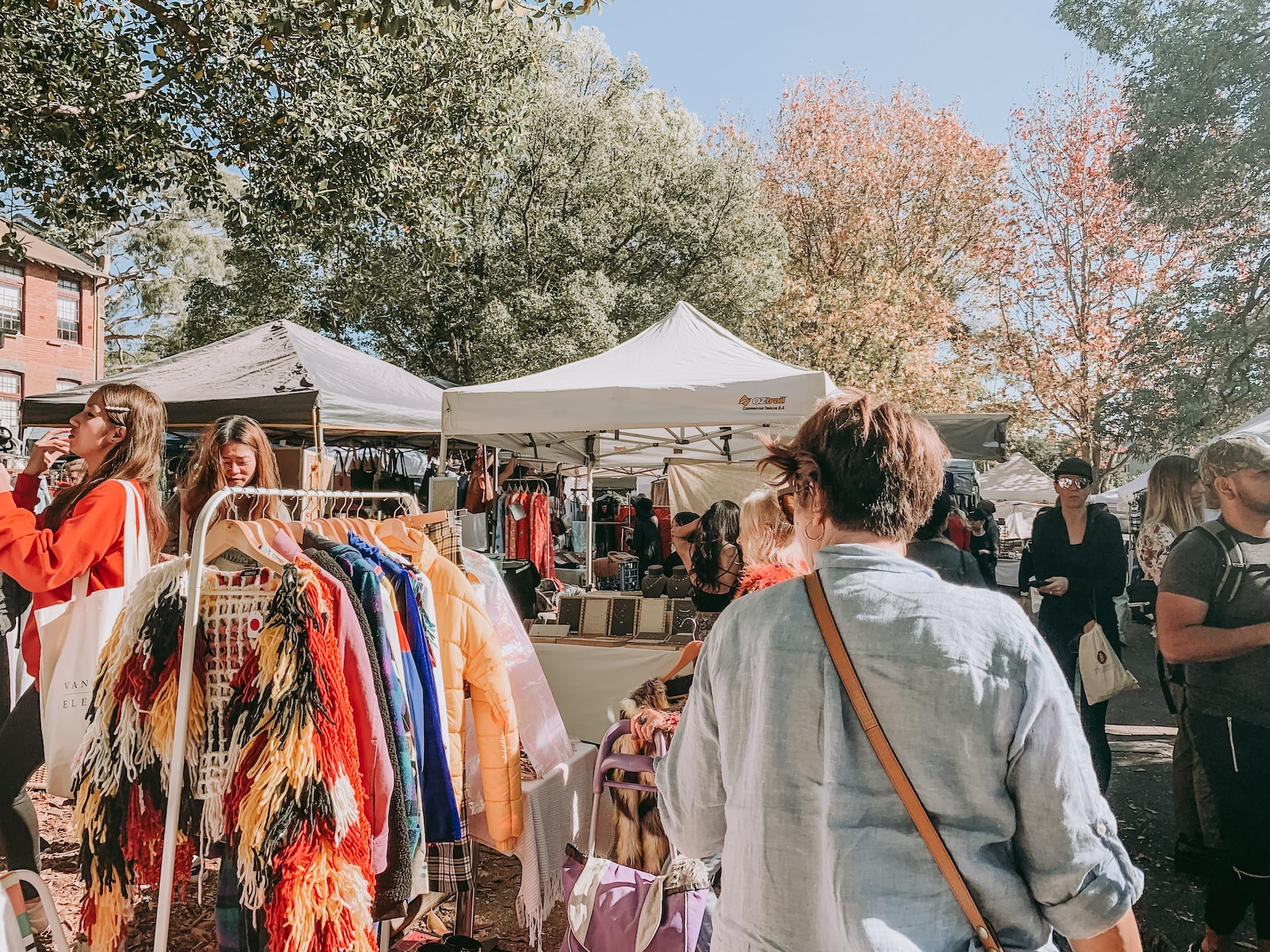Sustainable Spring Tips
Mar 30, 2023
It’s officially Spring and with the coming of a new season also comes the energy of rejuvenation and fresh starts. Spring is one of our favorite seasons - being in California, this is the time of year (at least typically) when we shake off the winter layers and get into our shorts and sandals, wildflowers are starting to bloom, and local farmers are rolling out new produce at the farmers market.
We may still be experiencing some rain up and down our state, but nonetheless, we’re eager to get into the Spring spirit. So, we’ve put together a list of some of our favorite Spring hacks that still keep sustainability as a top priority.
Ready to make your Spring fresh, energetic, and of course, sustainable?!
Gardening
It wouldn’t be Spring without a few new additions to your garden, but before you go to your local nursery and buy everything that may catch your eye, we encourage you to be intentional with your gardening purchases and practices.
Before running out to the nursery, do some research about native plants for your state or region. Native plants are plants that belong to that region and contribute to the overall health of the ecosystem, as opposed to invasive species that are brought in and drive out other species that would naturally be found in that environment. Native plants are also some of the easiest, low-maintenance plants you can get, so if you’re someone who’s maybe not the best at remembering to water your plants, these could be a great option for you.
Maybe you’ve had your eye on a plant that isn’t native to your region, but you really love how it looks and want to have it in your garden. We won’t judge - instead, there are ways you can use sustainable practices to take care of that plant.

Composting is a great way to transform your garden into a sustainable oasis. To learn how to compost, check out this article from the EPA or watch a few videos on YouTube! Composting promotes soil health, utilizes waste that would otherwise go to a landfill, and you will be amazed at how composting can help your garden bloom into a biodiversity hot spot. If you want to take things a step further, check out some of the resources on Kiss the Ground - an organization educating the public on regenerative agriculture and driving climate action through responsible farming.
However you choose to spruce up your garden, remember that there are always actions we can take (big and small!) to promote environmental health and sustainability.
Food
Branching off the topic of gardening and regenerative agriculture, Spring is also the time to get some new produce on your plate.
Most of us are used to going to the big supermarket down the street and getting whatever produce is in stock, but this produce may not always be farmed organically or locally, so how can we make sure our purchasing habits reflect our feelings toward sustainability?
First things first, if you have access to local produce that is grown organically, consider going to your local farmers’ market. This is a great way to get out of the house and connect with the community and local growers, while also getting delicious produce and other goods. Living on the Central Coast of California, I’m fortunate enough to have access to organic strawberries, oranges, avocados, grapes, and, of course, wine. However, not everyone lives in an agriculture-rich community like I do and it can be challenging to find fresh produce. What do you do then?
Head to your local supermarket and look for organic or Fair Trade certified produce. The produce at your local grocery store may not be local, but almost every major grocery store carries some variation of organic or Fair Trade certified produce. With inflation still hurting many people’s wallets, I’ve found that Trader Joe’s is the best chain grocer selling organic produce. TJ’s is famous for having low prices and amazing product offerings, but it seems like people rarely touch on the number of organic goods they carry at a competitive price.
Unfortunately, healthy and sustainable foods have become a luxury and too many people in the United States are living in food deserts - how can you shop sustainably if you don’t have a lot of resources? There are a number of organizations in the United States that offer produce to low-income families and there are a few online marketplaces that offer organic food delivery, like Misfits Market.
Our agricultural system in the United States is far from perfect and too many people are left out of the equation, but small changes, no matter what you can afford or what you have access to, can drive large-scale change.
Clothing
The garment industry is our bread and butter - we love the creativity and fun energy in this space - but we still have a long way to go before we achieve true sustainability. Apparel, footwear, and other textiles are one of the least regulated industries in the U.S., but we know the apparel industry is full of social and environmental issues. How can you make sure you’re not contributing to a flawed system?
If you feel like you need to refresh your wardrobe, think about taking some of your old clothes to a tailor for a makeover. One of my favorite things to do every Spring/Summer is to take old jeans I no longer wear to the tailor to be remade into shorts for the hotter weather. If you have the gift of creativity, you can also sew on patches or embroider designs into old clothes to give them a new look.
Maybe you think the clothes would be better off in a new home - the secondhand market is a great way to keep clothes in the loop! One way you can do this is by hosting a clothes swap with your friends and family. This was another hack I loved doing in my college years - it’s such a fun way to get people together and find your next staple piece. For all those living in the SoCal area, Fashion Revolution will be hosting a clothes swap this Saturday, April 1st in Los Angeles.

Speaking of the secondhand market, if you’re looking for a specific item this Spring, try looking through one of the many online marketplaces for secondhand clothing. Depop, The Real Real, ThredUp, and Poshmark are all really helpful if you don’t want to spend hours wandering around the thrift store waiting for something to catch your eye.
However you choose to recreate your wardrobe, there are small changes you can make to reduce your impact. Like we always say, “vote with your dollar!”
There are countless other ways to be more sustainable this Spring and while these are just a few of our favorite hacks, we’d love to hear how you guys are planning to be more sustainable this season. Send us a DM on Instagram with some of your favorite hacks or tips and be sure to stay connected with us by signing up for our weekly newsletter!
Thanks for joining me!
McKenzie
